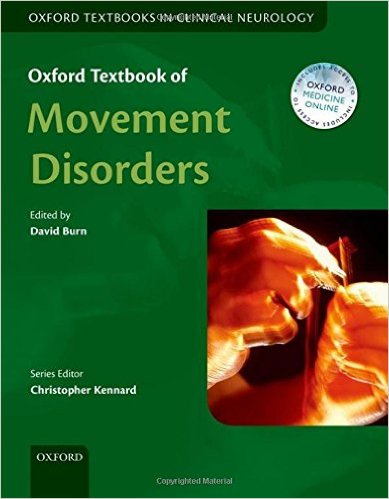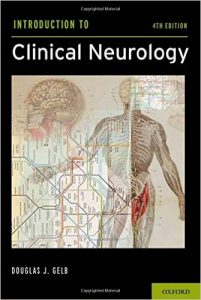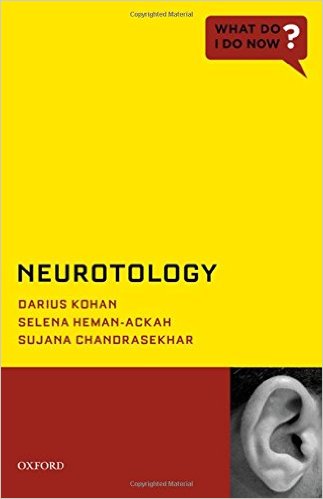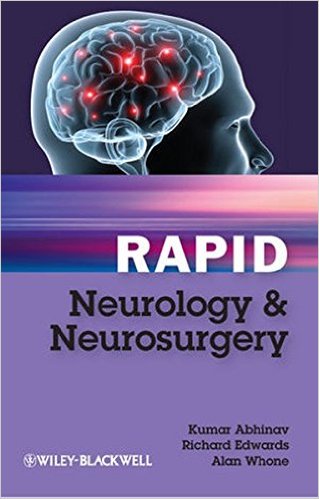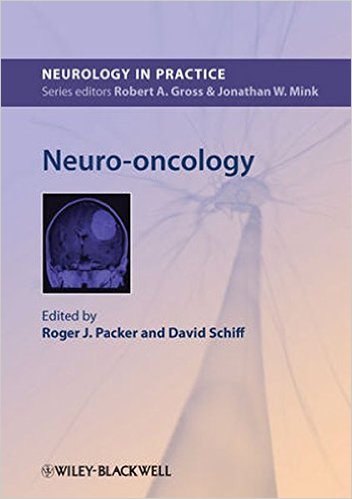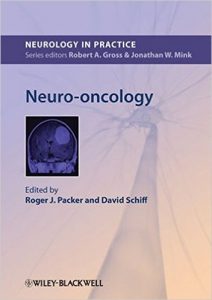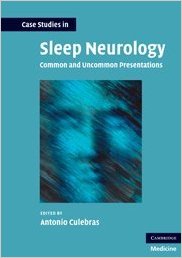Neuropsychological Assessment of Neuropsychiatric and Neuromedical Disorders 3rd Edition
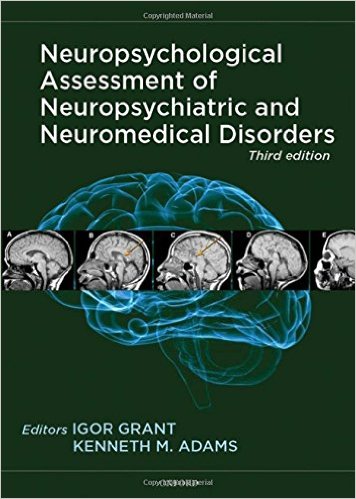

[amazon template=iframe image2&asin=0195378547]
This is a major revision of a standard reference work for neuropsychologists, psychiatrists, and neurologists. About one-half of the book contains entirely new work by new contributors. New topics not covered in the previous editions include consideration of common sources of neurocognitive morbidity, such as multiple sclerosis, diabetes, and exposure to heavy metals; psychiatric and behavioral disorders associated wtih traumatic brain injury; neuropsychology in relation to everyday functioning; the effects of cognitive impairment on driving skills, and adherence to medical treatments.
The Third Edition aims to reflect the enormous developments in neuropsychology in terms of research, clinical applications, and growth of the discipline during the past decade. At one time focused on mapping the cognitive and related consequences of brain injuries, research in neuropsychology has now expanded to much broader considerations of the effects of systemic disease, infection, medications, and inflammatory processes on neurocognition and emotion. The Third Edition attemtps to capture these developments while continuing to adhere to the objective of presenting them in a concise manner in a single volume.
DOWNLOAD THIS BOOK FREE HERE

